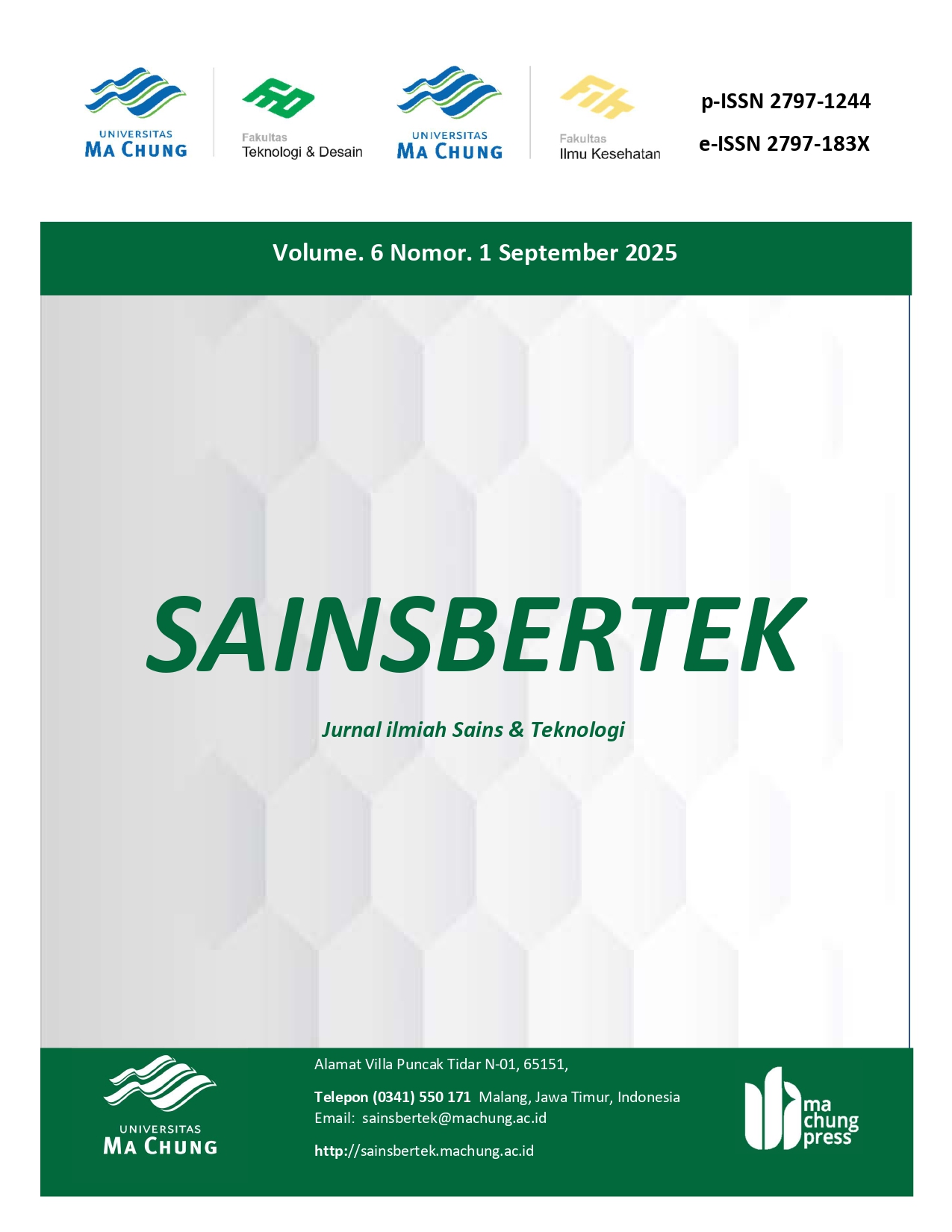ANALISIS KETIMPANGAN SUPLAI GIZI GLOBAL MENGGUNAKAN PENDEKATAN BUSINESS INTELLIGENCE BERBASIS VISUALISASI INTERAKTIF
DOI:
https://doi.org/10.33479/sb.v6i1.366Keywords:
nutrition supply, business intelligence, data visualization, food consumption disparity, COVID-19Abstract
The COVID-19 pandemic has caused significant changes in global food consumption patterns, impacting the balance of macronutrient intake and overall public health. This study is motivated by the need to understand the global distribution and disparity of nutrition supply, which may affect food security and metabolic disease risk. The objective of this research is to analyze per capita calorie, protein, and fat supply across countries and examine its relation to health issues such as obesity and COVID-19 mortality. The methodology uses a Business Intelligence approach involving the ETL (Extract, Transform, Load) process applied to a global nutrition dataset from Kaggle, which is then visualized through five interactive dashboards using Looker Studio. The results indicate that high nutrient supply does not necessarily originate from economically dominant countries, and regional disparities remain prominent—particularly in developing countries that rely heavily on cereals and vegetable oils. Furthermore, the analysis found no strong correlation between nutritional adequacy and obesity or COVID-19 mortality rates, suggesting the influence of external factors such as lifestyle and healthcare infrastructure. This study concludes that interactive data visualization can provide deeper spatial and thematic insights into global nutrition challenges and serve as a data-driven decision support tool in the fields of public health and nutrition policy.
Downloads
References
Erokhin, V. et al. (2021) ‘The supply of calories, proteins, and fats in low-income countries: A four-decade retrospective study’, International Journal of Environmental Research and Public Health, 18(14), pp. 1–30. Available at: https://doi.org/10.3390/ijerph18147356.
Fletcher, A.J., Lozano, R. and McNabb, W.C. (2024) ‘Analysis of global nutrient gaps and their potential to be closed through redistribution and increased supply’, Frontiers in Nutrition, 11(August), pp. 1–12. Available at: https://doi.org/10.3389/fnut.2024.1396549.
Food, W. (2024) World Food and Agriculture – Statistical Yearbook 2024, World Food and Agriculture – Statistical Yearbook 2024. Available at: https://doi.org/10.4060/cd2971en.
García-Ordás, M.T. et al. (2020) ‘Evaluation of country dietary habits using machine learning techniques in relation to deaths from covid-19’, Healthcare (Switzerland), 8(4), pp. 1–11. Available at: https://doi.org/10.3390/healthcare8040371.
Grecco, B.H., Araújo-Rossi, P.A.O. and Nicoletti, C.F. (2022) ‘Nutritional therapy for hospitalized patients with COVID-19: A narrative and integrative review’, Journal of Intensive Medicine, 2(4), pp. 249–256. Available at: https://doi.org/10.1016/j.jointm.2022.04.004.
Headey, D. and Ruel, M. (2008) Covid-19 & Global Food Security, Nature. Available at: http://dx.doi.org/10.1038/544S5a.
Jalilzadeh, M. and Goharinezhad, S. (2025) ‘Exploring the multifaceted factors influencing overweight and obesity: a scoping review’, Frontiers in Public Health, 13(April). Available at: https://doi.org/10.3389/fpubh.2025.1540756.
Jiang, H.J. et al. (2017) ‘Mimicking Lighting-Induced Electrochemistry on the Early Earth’, Proceedings of the National Academy of Sciences, 120, p. 2017. Available at: https://doi.org/10.1073/pnas
Downloads
Published
Issue
Section
License
Copyright (c) 2025 Sainsbertek Jurnal Ilmiah Sains & Teknologi

This work is licensed under a Creative Commons Attribution-ShareAlike 4.0 International License.





